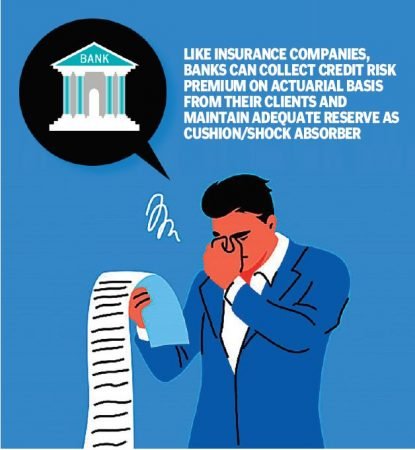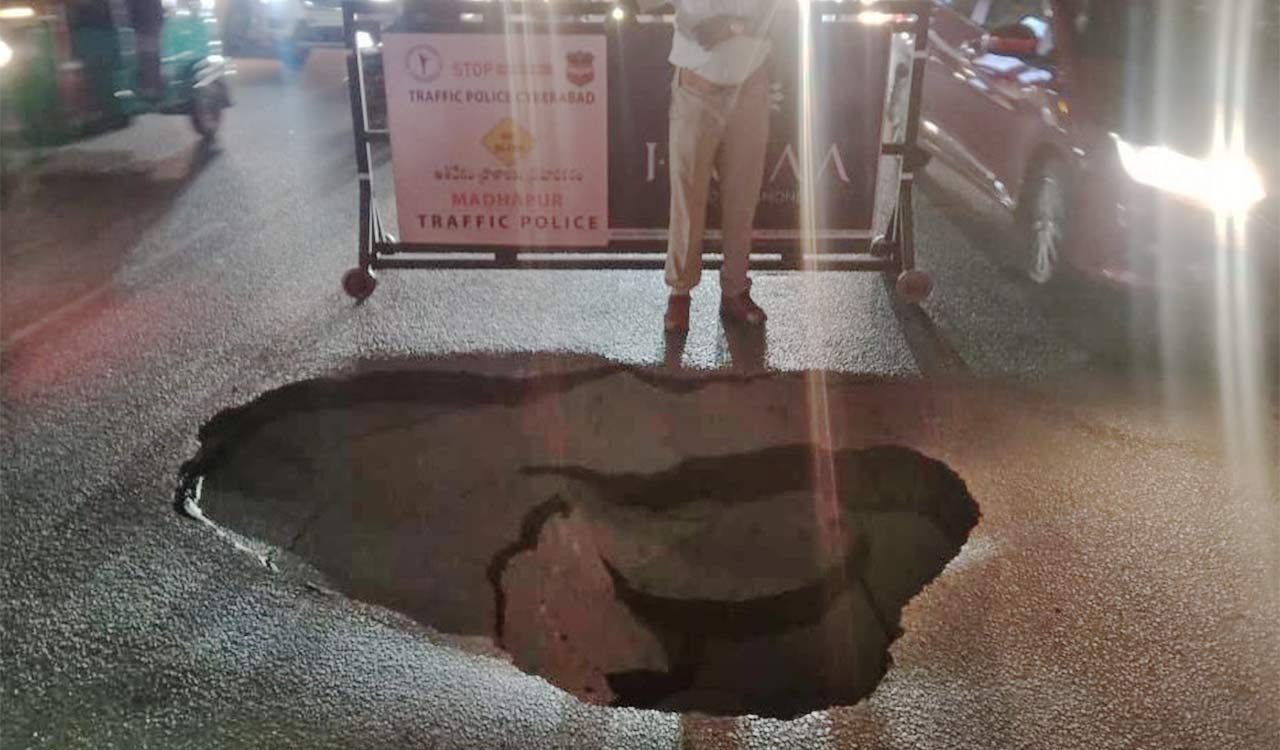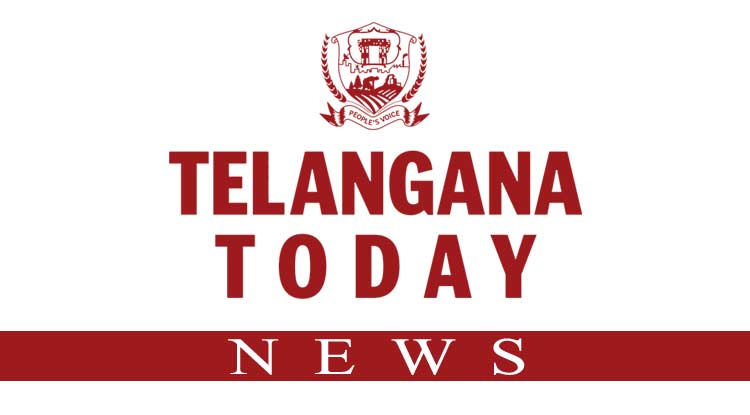Solving the bad loan problem
Creation of actuarial credit risk reserve instead of a bad bank is a more feasible option

The banking industry has undergone a sea change after the first phase of economic liberalisation in 1991. Prior to the implementation of prudential norms as per the recommendation of the Narasimham Committee I and its government approval, asset quality was not a prime concern in the Indian banking sector. The focus was on performance objectives such as opening wide networks/branches, development of rural areas, priority sector lending and higher employment generation.
While the primary function of banks is to lend funds as loans to various sectors, in recent times, banks have become cautious in extending loans. The reason being mounting non-performing assets (NPAs). The concept of NPAs is restricted to loans, advances and investments. As long as an asset generates the income expected from it and does not disclose any unusual risk other than normal commercial risk, it is treated as a performing asset and when it fails to generate the expected income, it becomes an NPA.
Rising NPAs
The banking sector had witnessed a few years of slower economic growth that led to projects being stalled and corporate balance sheets getting stretched, resulting in a slowdown in corporate credit demand and also caused a surge in bad loans in public sector banks. The gross NPAs of public sector banks stood at Rs 44,957 crore and percentage of gross NPAs to total loans and advances was 2 as on March 2009. Within ten years, this shot up to approximately Rs 7,50,000 crore and 8.2% respectively as on March 2019.
An analysis of NPAs during the past ten years reveals that the share of priority sector NPAs and non-priority sector NPAs were at 24.1% and 75.9% respectively. Thus, the increase in NPAs is mainly due to non-priority sector credit facilities/infrastructure loans given to industrial sectors. Certain lapses and slippages, both on part of lending banks and its clients, led to the situation deteriorating.
Use of banks as an instrument of public policy, incompatibility of banks’ interest with certain policy instruments as well as the change in the economic regime have also led to the accumulation of NPAs. The outbreak of the Covid pandemic affected the performance of corporate houses. Basically, the five sectors namely, infrastructure, steel, textile, aviation and mining, where the PSU banks have large exposures, have contributed to the big rise in NPAs. Most of the banks have started focusing on retail loans as they feel larger contribution from small-ticket retail, MSME and SME loans and limiting unsecured and large-ticket exposure would help in containing NPAs.

Risk Reserve
Extending credit facilities by banks to its borrowers is no doubt a risky business. It does not mean that banks shy away from lending activity, which is their core function. For the insurance sector too, it is a risky business, but insurers run the show by collecting sufficient insurance premium from its clients based on an actuarial risk basis to meet the future contingency/claims. On similar lines, banks too can collect credit risk premium on an actuarial basis from their clients and maintain adequate actuarial credit risk reserve with themselves as cushion/shock absorber to meet any unforeseen catastrophes like credit defaults.
Banks in certain countries like Switzerland and the Netherlands have adopted the actuarial credit risk accounting system since 2006 and it is yielding good results.
To create actuarial credit risk reserve, banks ought to collect credit risk premium along with interest from their clients. Fixing of the quantum of credit risk premium is directly dependent on the quantum of expected credit loss (ECL) for the financial year to the bank. For arriving at ECL, computation of probability of default (PD) is a pre-requisite. The methodology of computation of PD is different for corporate loans and retail loans.
For calculating PD for the corporate sector, the methodology adopted is transition matrix, whereas for retail loans, it is survival analysis. It consists of stage 1, 2 and 3 impairments. Like prime lending rates, banks may decide their own credit risk premia depending on various factors. To assess the PD of banks, historical data /defaults are necessary. However, in the absence of the same, the RBI has prescribed loss given default (LGD) figures as a proxy for both fund-based and non-fund-based facilities to its clients.
The Finance Ministry is mulling creation of a bad bank apart from other options like recapitalisation, fast track resolution of stressed assets and setting up more debt recovery tribunals. The proposal to set up a bad bank as a one-time measure to reduce the NPA burden of PSU banks is also backed by other stakeholders. But it is pertinent to mention that when a bank sells bad loans, it has to take a haircut because the actual amount that can be expected from the bad asset is lower. This will impact its profit and loss account. This is one of the key aspects affecting the selling of bad loans. Hence, creating a new structure may not be effective in addressing the NPAs problem.
The government should think twice before going ahead with the concept of setting up a bad bank. Instead, creation of actuarial credit risk reserve by the banks seems to be a feasible option. But it may cause some burden on clients as they have to pay credit risk premium in addition to the interest charges.
In the case of government-sponsored schemes and loans for priority sector up to certain limits, the government may bear fully or partially the credit risk premium on behalf of petty business entrepreneurs, small and marginal farmers and borrowers from low-income households. For the corporate sector, this could be borne by the clients.
(The author is former Assistant General Manager, Nabard, Hyderabad)
Now you can get handpicked stories from Telangana Today on Telegram everyday. Click the link to subscribe.
Click to follow Telangana Today Facebook page and Twitter .
Related News
-
Telangana HC quashes memo on cinema ticket hike for The Raja Saab
22 mins ago -
Telangana HC tells UPSC to act on DGP appointment in 4 weeks
51 mins ago -
Israeli strikes kill 13 in Gaza as US pushes truce
56 mins ago -
Editorial: Iran on edge
57 mins ago -
Khammam’s development hampered during Congress rule: BRS
1 hour ago -
Hyderabad man injured by banned Chinese manja on Amberpet flyover
1 hour ago -
Union Budget Session 2026 from January 28, Budget presentation likely on a Sunday
1 hour ago -
US will rebuild Venezuelan oil infra before elections, says Trump
2 hours ago



